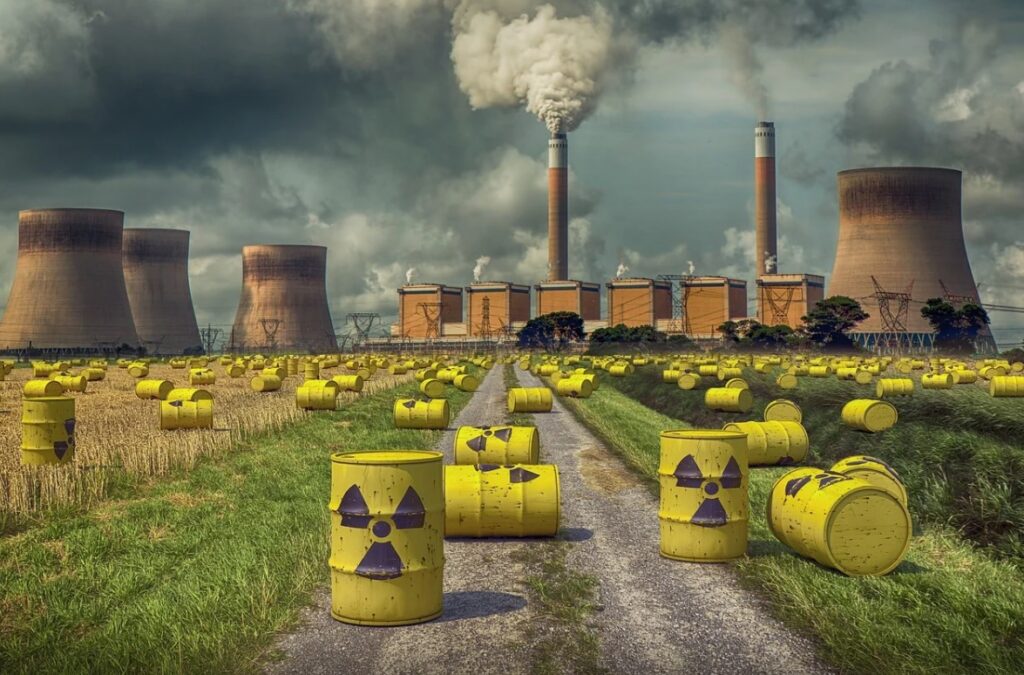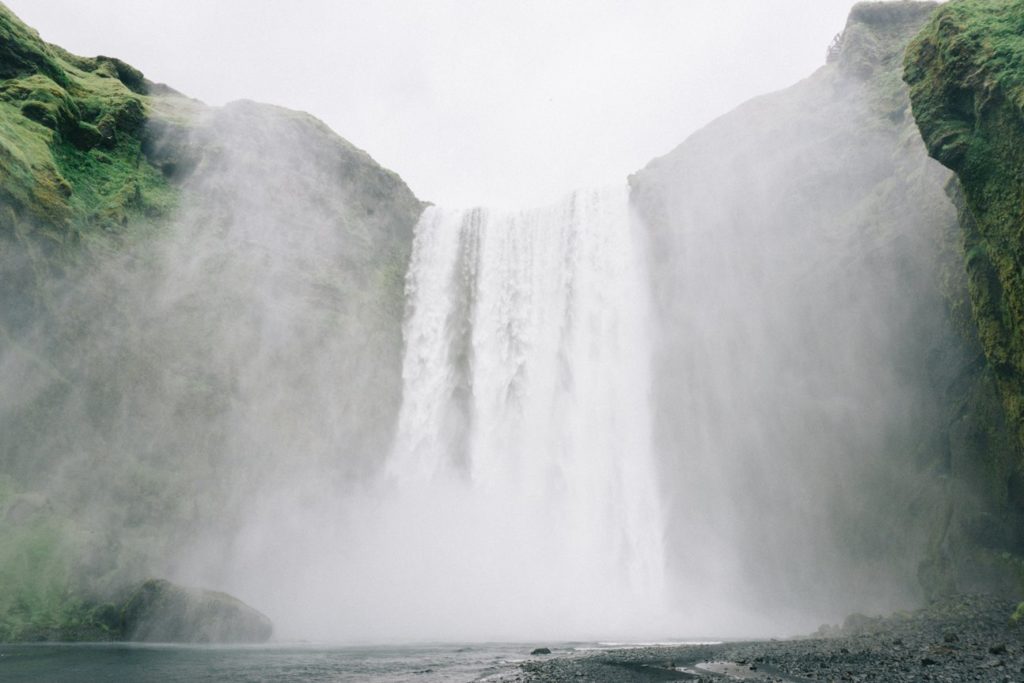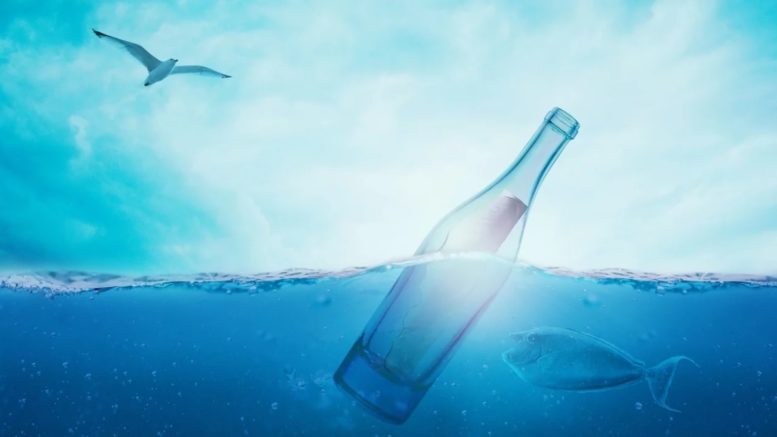Getting safe, clean water on demand from your tap is something that most of us take for granted. So when things go wrong, and drinking water is no longer available, it can be shocking.
Worse, waterborne pathogens and contaminants can have a serious effect on the health of large populations if drinking water issues aren’t quickly identified and controlled.
Here are some of the most common ways that drinking water in the US becomes contaminated, what those contaminants can do, and what to do if you suspect tap water is making you sick.
How does drinking water become contaminated?
Here are several ways our tap water can become contaminated and dangerous to drink:
Agricultural and industrial runoff
Many rural areas of the US are home to lots of people and lots of farmland. When industrial agriculture companies invest in high-profit techniques like monocropping, they often use large amounts of chemical fertilizers that stay in topsoil for long periods of time.
As these chemicals seep into nearby surface water, they can encourage the growth of algae and other microorganisms, disrupting ecosystems and polluting the water. As a result, drinking water in areas with lots of agriculture is normally higher in organic and chemical contaminants.
This is especially the case for those using private wells rather than a publicly treated supply.

Floods and leaks
Just as private wells can be at a bigger risk of contamination from agricultural runoff, these water systems are also more vulnerable to the effects of flooding and other kinds of pollution disasters.
When areas around lakes, rivers, and reservoirs flood, pollutants from urban and industrial areas can find their way into drink water systems and may overwhelm treatment works.
Lead piping
In the late 80s, the Environmental Protection Agency outlawed the use of lead in piping and plumbing materials across the country.
However, the ruling didn’t require states to remove existing lead piping. This means it’s likely that any house, building, or public infrastructure that hasn’t been updated since 1986 will still contain some lead piping.
Not all lead piping necessarily corrodes into the water supply, but any situation that changes the pH level of water can spark lead corrosion.
What can these contaminants do?
What are the effects of those contaminants when they reach drinking water? Here’s a quick recap:
Chemicals
Levels of agricultural and industrial chemicals are often reduced when water is treated in public facilities. But even at low levels, chemicals may cause serious issues when regularly consumed over long periods.
There have been several reports of associations between the ingestion of substances such as PFAS and perchlorates, and reproductive and developmental issues. As a result, these chemicals may be of particular risk for pregnant women and young children.
Heavy metals
Consuming lots of lead, arsenic, or other heavy metals is likely to result in neurological issues like memory loss, as well as cramps and diarrhea.
When lots of these substances are consumed, issues can become even more serious, leading to nerve damage and developmental disorders. This is particularly the case for children, for whom there is no safe level of lead consumption.
Bacteria and microorganisms
Depending on the type of pathogen that makes its way into the water supply, the effects of contamination can range from no symptoms at all to serious gastrointestinal distress.
Common bacteria like cryptosporidium may only become an issue when levels rise above safe levels, while rarer viruses like hepatitis can be an issue even in small quantities.
What if you suspect tap water is making you sick?
If you suspect the water you’re drinking is contaminated and is the cause of your sickness, you must act immediately. Here’s some advice on what you should do:
Don’t neglect a visit to the doctor
If you’re experiencing symptoms that you believe might be linked to your tap water, it’s important not to downplay the risks.
Even arguably minor symptoms like nausea, vomiting, and diarrhea can cause dehydration and quickly escalate if there isn’t immediate access to safe water. For this reason, contaminated drinking water is thought to cause around half a million diarrhea-related deaths each year, according to the WHO.
Boil water advisories
Whenever you believe a contamination event to have occurred, check advisory listings by your local government and water board. These advisories let residents know whether they need to be boiling their water in order to deactivate potentially harmful bacteria and other pollutants.
Usually, water needs to be boiled until bubbling and then left on high heat for one minute to make it drinkable. It should then be cooled and kept in sealable containers.
When a boil water advisory is in place, don’t forget that it also covers water given to pets, for brushing teeth and washing faces, as well as washing vegetables.

Seek testing
Purchasing a testing kit or device to find out exactly what your drinking weather contains is not only interesting, but can let homeowners know exactly what contaminants they may be dealing with.
For those drinking private well water, testing is especially important, as there’s unlikely to be any governmental oversight on your water supply. Most experts recommend private wells are tested for the presence of contaminants around three times per year.
Read consumer confidence reports (CCRs)
Consumer Confidence Reports are documents produced on a yearly basis by public water companies, designed to let consumers know the current health of their tap water.
Most CCRs are available online or otherwise automatically mailed to residents and contain info on everything from the water source to potential risks of contamination. CCRs will also list contamination levels in detail, such as whether the amount of bacteria or metal in water complies with federal standards.
How can you prevent contamination at home?
Preventing water contamination is always possible. Here are some ways you can do this at home:
Carbon filters
Cheap, simple carbon filters can reduce or eliminate many of the contaminants listed in this article. These are the water filters found in plastic pitchers and standard refrigerators, and they should be good to remove organic chemicals and matter, greatly improving the taste and smell of water.
Reverse osmosis filters
To turn unsafe water into drinkable H2O, more powerful forms of filtration are needed. These include reverse osmosis filters, which use pressure to force water through micro-pore membranes, catching metal molecules as well as many bacteria and viruses.
UV and chemical treatment
For private wells that aren’t connected to water treatment facilities, water needs to be treated to kill potentially harmful microorganisms, before it’s filtered with the above methods. This can be achieved with common disinfectants like chlorine, or while ultraviolet radiation, which inactivates pathogens on a cellular level.
